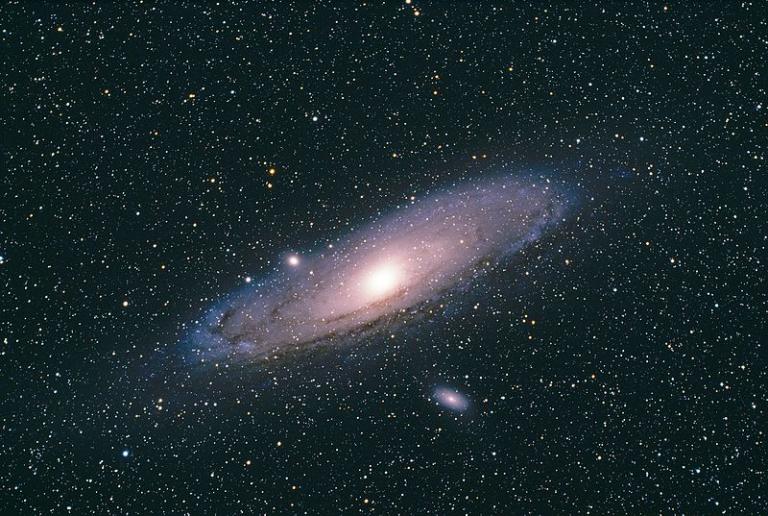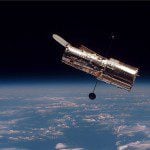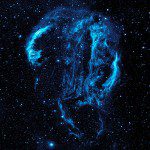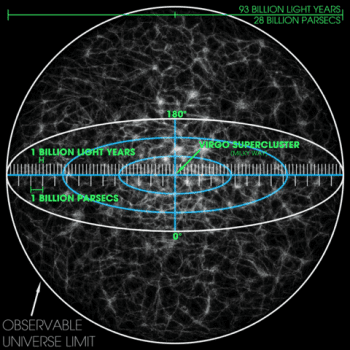
(Wikimedia Commons public domain image)
Some passages that I marked in Alister E. McGrath, A Fine-Tuned Universe: The Quest for God in Science and Theology (Louisville, KY: Westminster John Knox Press, 2009).
First, an obvious but extremely important point:
An empirical scientific method will always seek to inquire about natural causes; only a nonempirical metaphysical naturalism will insist that they can always be found. (112)
Next, two passages about history that I will myself need to relate, and to get correct, in something that I’m writing:
The twentieth century saw dramatic changes in our understanding of the origins and development of the universe. The first two decades were dominated by the assumption that the universe was static. This led Albert Einstein to make what he later came to regard as one of the greatest blunders of his life. In 1915, Einstein published his ten coupled, nonlinear, partial differential equations, now known as the “Einstein field equations,” which set out some fundamental features of his theory of general relativity. The solution of his equations indicated that the universe was not static, but expanding. Alarmed by an apparent inconsistency with the prevailing model of a static universe, Einstein brought his theories into line with it by adding an artificial term — now known as the cosmological constant — to his field equations, stabilizing his model of the universe against expansion or contraction. Yet if Einstein had possessed sufficient confidence in his original equations, on the basis of his theory he would have predicted that the universe was expanding or contracting, long before there was any observational evidence for any such expansion.
During the 1920s, evidence began to emerge suggesting that the universe was indeed expanding. Up to this point, it had been generally (though not universally) assumed that the nebulae observed in the night sky — such as M31 in Andromeda or M42 in Orion — were part of the Milky Way, the galaxy within which our solar system is located. On the basis of observations at the newly constructed 100-inch telescope on Mount Wilson (California), Edwin Hubble (1883-1953) proposed that these objects were galaxies in their own right, lying far beyond our own. Developing work on the spectral redshifts of these galaxies, Hubble was able to propose that the greater the distance between any two galaxies, the greater their relative speed of separation. The universe was expanding, with increasing speed and apparently irreversibly. (112-113)
Other ways of thinking were certainly possible. In 1948, Fred Hoyle and others developed a “steady state” theory of the universe, which held that the universe, although expanding, could not be said to have had a beginning. Matter was continuously created in order to fill in the voids arising from cosmic expansion. (113)












